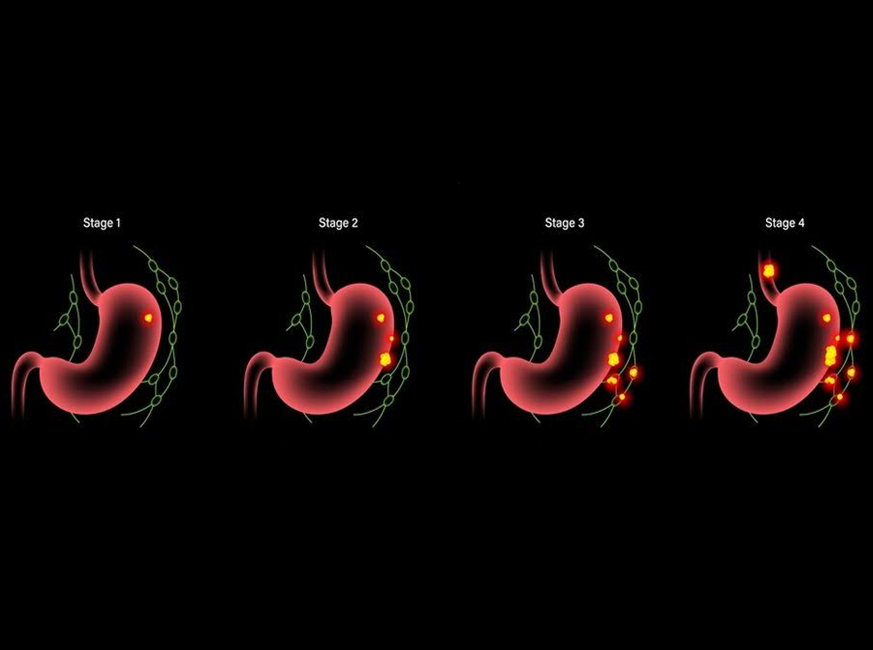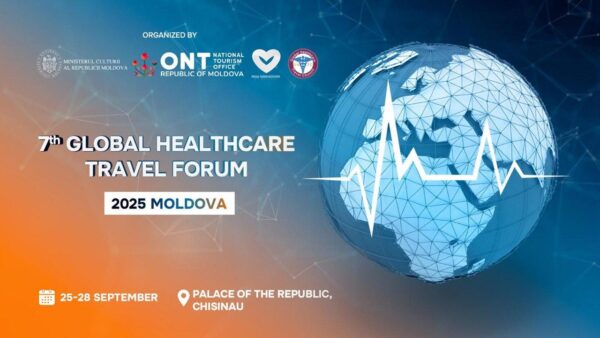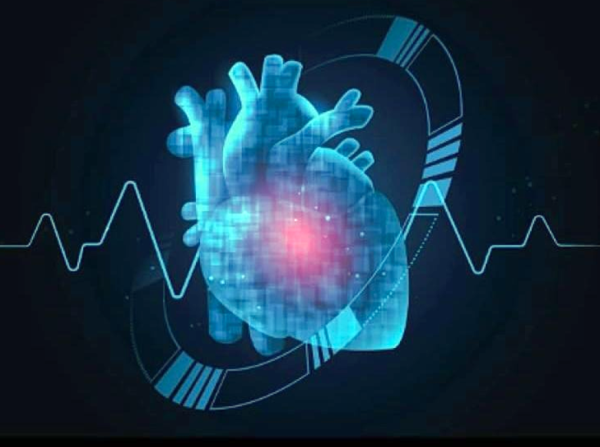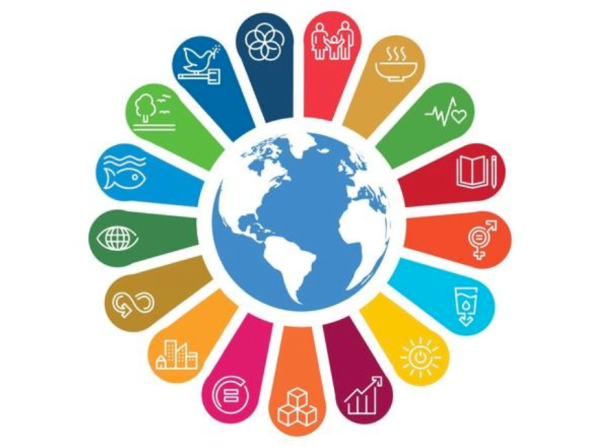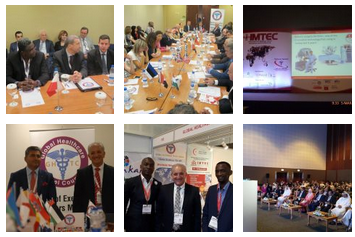Reducing the Range of Cancer Risk on BI-RADS 4 Subcategories via Mathematical Modelling
Breast Imaging Reporting and Data System, BI-RADS, is a universal system that is useful for radiologists and doctors while making decisions about breast cancer diagnosis. This is because of the construction of a comprehensive language for the diagnosis. Category 4 in BI-RADS system has a wide range of risk of cancer since it is separated into 3 subcategories. Mathematical models have significant role for the diagnosis and treatment of different types of cancer. In this work, data of 42 patients diagnosed with BI-RADS 4 taken from the Center for Breast Health, Near East University Hospital are analyzed. A mathematical model is constructed with the help of collected data by dividing the whole population into 4 different compartments. For the decision of effective parameters on BI-RADS 4 subcategories, sensitivity analysis is applied to the parameters, separately, with the desired outcome of a reduced range of cancer risk. Numerical simulations of the parameters are proposed for better understanding as visual. The results of the model have revealed that especially lactation rate increase and early menopause have a negative correlation with the chance of being diagnosed as BI-RADS 4 patient while a positive correlation increase in age, the palpable mass, and family history is distinctive. Moreover, for BI-RADS 4C diagnosis the negative effects of smoking and late menopause are vehemently outlined. As a result, the model revealed that the percentages of parameters have a significant role in the diagnosis of BI-RADS 4 subcategories. All things considered, with the assistance of the most effective parameters, the range of cancer risks in BI-RADS 4 subcategories are expected to decrease.
Speakers -1

Assoc. Prof. Dr. Bilgen Kaymakamzade
Speakers -2

Dr. Nezihal Gökbulut
Modarator


